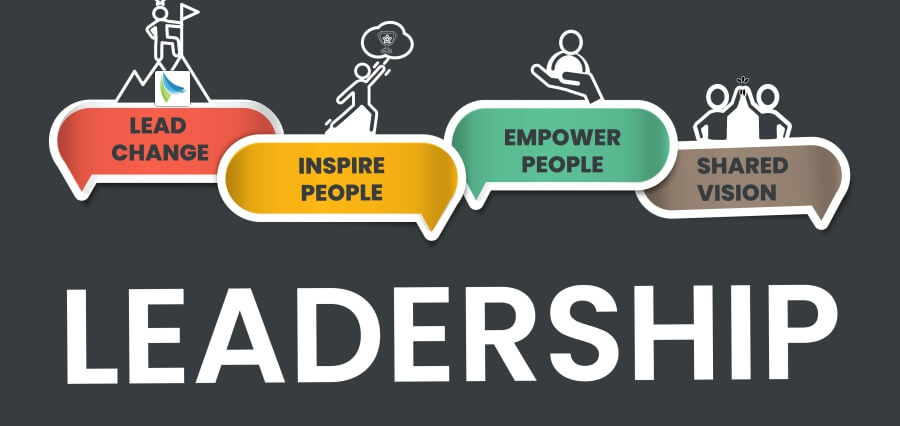From the boardroom to the startup, public sector to private sector, across the globe of business, an unprecedented transformation is underway—women are stepping into leadership roles formerly held by men. The rise of gender-equitable leadership is not only a triumph for diversity; it is a cultural and strategic shift in the measure of success within organizations.
This transformation is driven by moral imperative as well as economic imperative. As businesses face uncertainty, complexity, and innovation at record paces, inclusive leadership—fueled by diverse input and fair opportunity—is becoming a necessary differentiator. Women leaders are not just sitting at the table—they’re designing the table.
Breaking Barriers, Building Value
Women have seen decades of deliberate exclusion from leadership—everything from overt discrimination to the more insidious, yet equally debilitating, effects of unconscious bias, social network exclusion, and asymmetrical access to mentorship and opportunity. Even with important advances, gender equity in Gender-Equitable Leadership means more than mere numerate representation. It involves cultural and structural change that eradicates such barriers and positively encourages equal involvement.
Consistently, research findings by McKinsey, Harvard Business Review, and the World Economic Forum have identified that organizations with diverse leadership perform better than organizations that are not.
The financial performance and more innovation and good governance in organizations with higher percentages of women in top jobs highlight this. Besides, women executives possess a more collaborative, empathetic, and resilience-driven style of leadership—features that are paramount for today’s responsive, people-centric organizations.
A New Leadership Archetype
The traditional leadership model of dominance, hierarchy, and linear decision-making is rapidly going out of style. In its place, a new paradigm is emerging: inclusive, adaptive, and ultra-sensitive to human dynamics. Women in leadership are driving the shift.
Gender-Equitable Leadership tends to stress emotional intelligence, active listening, and mutual power. Women leaders tend to be more likely to promote inclusive cultures, invest in building teams, and lead with intention. Their leadership stresses long-term results over quick wins, collaboration instead of competition, and sustainability rather than speed per se.
These traits have been especially useful under conditions of crisis and transformation. Under the pandemic of COVID-19, for instance, various women-led nations were observed to be managing effectively, transparently, and humanely. This international perspective also adds weight to the transformative promise of gender-equal leadership frameworks.
From Tokenism to Transformation
In order to truly make gender-equitable leadership a reality, organizations need to do more than add tokenism. Appointing women to leadership roles simply to “check the box” is not enough. Instead, it means incorporating equity into the organizational DNA—through hiring and promotion practices to workplace policies and Gender-Equitable Leadership development initiatives.
From intention to pay, creating inclusive paths to Gender-Equitable Leadership requires closing pay differences, bringing family-friendly policies into the workplace, sustaining flexible work cultures, and crafting mentorship and sponsorship opportunities that propel women’s careers forward.
It also entails dismantling the myths that have long confined women—like outdated conceptions of leadership style, ambition, or the so-called “work-life balance” conundrum. The leader of tomorrow recognizes that work and personal life are not divisible and discrete, and that diversity of experience is a strength, not a weakness.
Cultivating the Next Generation
Leadership representation sparks aspiration. When ambitious women professionals see women leading with confidence and authenticity, it changes what is possible. That’s why visibility matters—not just at the executive level but through thought leadership, opportunities for public speaking, board seats, and media.
Organizations can build the next generation of women leaders by building equity into their talent pipeline-through active discovery of talent, inclusive performance management, and leadership development that appreciates the unique strengths women bring to the table; the building of male allies; and the establishment of organizational cultures in which gender equity is everybody’s responsibility.
Leadership cannot be redefined by women alone-it must be championed collectively.
The Global Opportunity
Gender-equitable leadership is not just a business agenda—it’s a global development imperative. From economic resilience to social justice, empowered women leadership is the key to realizing greater human and societal progress. The United Nations’ Sustainable Development Goals (SDGs) have included gender equality and women’s empowerment as essential for inclusive growth and peacebuilding.
As the emerging markets expand, women’s leadership is a hidden asset. From village enterprise in Africa to executive innovation in Asia, engaging women leaders has a multiplier impact on families, communities, and nations. Closing the gender gap in leadership is therefore not only the ethical imperative—it’s the smart thing to do for global advancement.
Conclusion: A Future Reimagined
Women in charge are not leading for symbolism—they’re leading a reimagined future of leadership that is more human, effective, and sustainable. Their rise is a sign that leadership itself is being reshaped to serve the world’s diversity.
Gender-balanced leadership development discomforts the conventional norms, expands the meaning of power, and frees new potential everywhere. As businesses grow to be an increasingly integrated, value-driven world, the leaders who focus on gender balance in leadership will not only lead but lead effectively.
Empowered, qualified, and unapologetically themselves, women in positions of power aren’t so much sitting in leadership as they are building it afresh.
Read More: Empowered to Lead: Fostering Inclusive and Authentic Leadership











